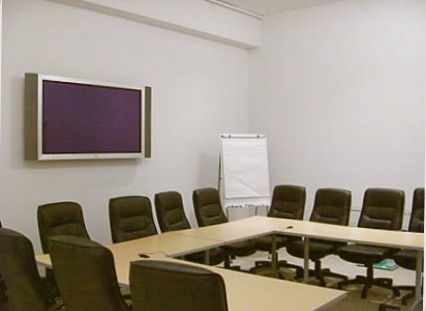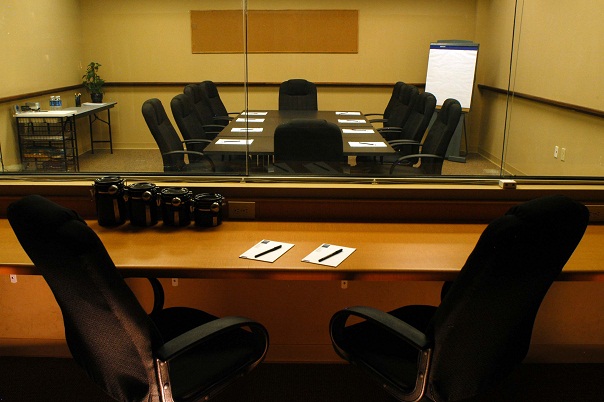如何進行焦點小組討論

Simply stated, a Focus group is usually a group of between 6 and 12 individuals with similar demographics (e.g., car buyers, diabetes patients, new mothers) who are brought together to discuss a “focused” topic.
Such groups are always facilitated by a trained moderator who follows a guide to ensure that certain questions are asked about a product or service. The key to this qualitative technique is the open dialog and dynamic interaction among the participants.
A focus group typically lasts 1-2 hours, with the norm being around 90 minutes. However, since the typical number of participants is 8-10, several such groups, often in different locations, are conducted to gather the broadest range of ideas and feedback.
Over the past few years, variations of the traditional face-to-face focus group have arisen.
- In the online version, the moderator can expose questions and visual stimuli followed by rapid back-and-forth texting of answers and input. There is no live conversation.
- Another approach involves using web cams so that the faces of several (usually no more than 8) people can see each other simultaneously on their computer screens and more closely simulate an in-person interaction.
- These techniques permit the conduct of focus groups without regard to geography or time zones, which is helpful if the pool of recruits in a given area is too small. They also eliminate the costs of facility rental, travel, and refreshments.
When to use Focus Groups
Every market research method has its benefits, and a discussion group is no exception. Following are just a few things that make focus groups unique.
- There are times when “yes/no” or multiple-choice answers are not enough to understand consumer behaviors or attitudes. In these cases, a qualitative approach can be used to ask open-ended questions that cannot only help confirm project hypotheses but also result in unexpected and innovative answers.
- Nearly always, there is a viewing room for clients that allows them to witness firsthand and record the event unobtrusively from behind a 2-way mirror. From the back (viewing) room, they can instantly submit ad hoc questions and provide any necessary clarifications to the moderator.

Participants’ room

Viewing room
Costs and other tradeoffs
Recruiting is one of the most important and difficult steps in conducting a focus group. It is challenging and time-consuming to contact and attract the right people. Careful screening questions can improve the odds that a person who is invited is truly “qualified” and not a “professional.”
Adequate compensation (cash always works best) is a strong inducement to ensure attendance and cooperation but adds to the research’s expense. Hiring and meeting with a trained facilitator/moderator will impact time and budget. However, the experience of such a person trained to listen, digest, and provide an objective analysis of findings is a justified expense. In addition, the moderator will usually handle recruiting and renting a facility and oversee video and audio recordings of the sessions.
One must factor in travel, lodging, meals and related costs for internal staff plus the moderator. As such, focus groups should only be the method of choice when no other means exist to satisfy research objectives.
Unless you have observed a focus group from the back room, you will never know how it feels to be so close to your customer!

